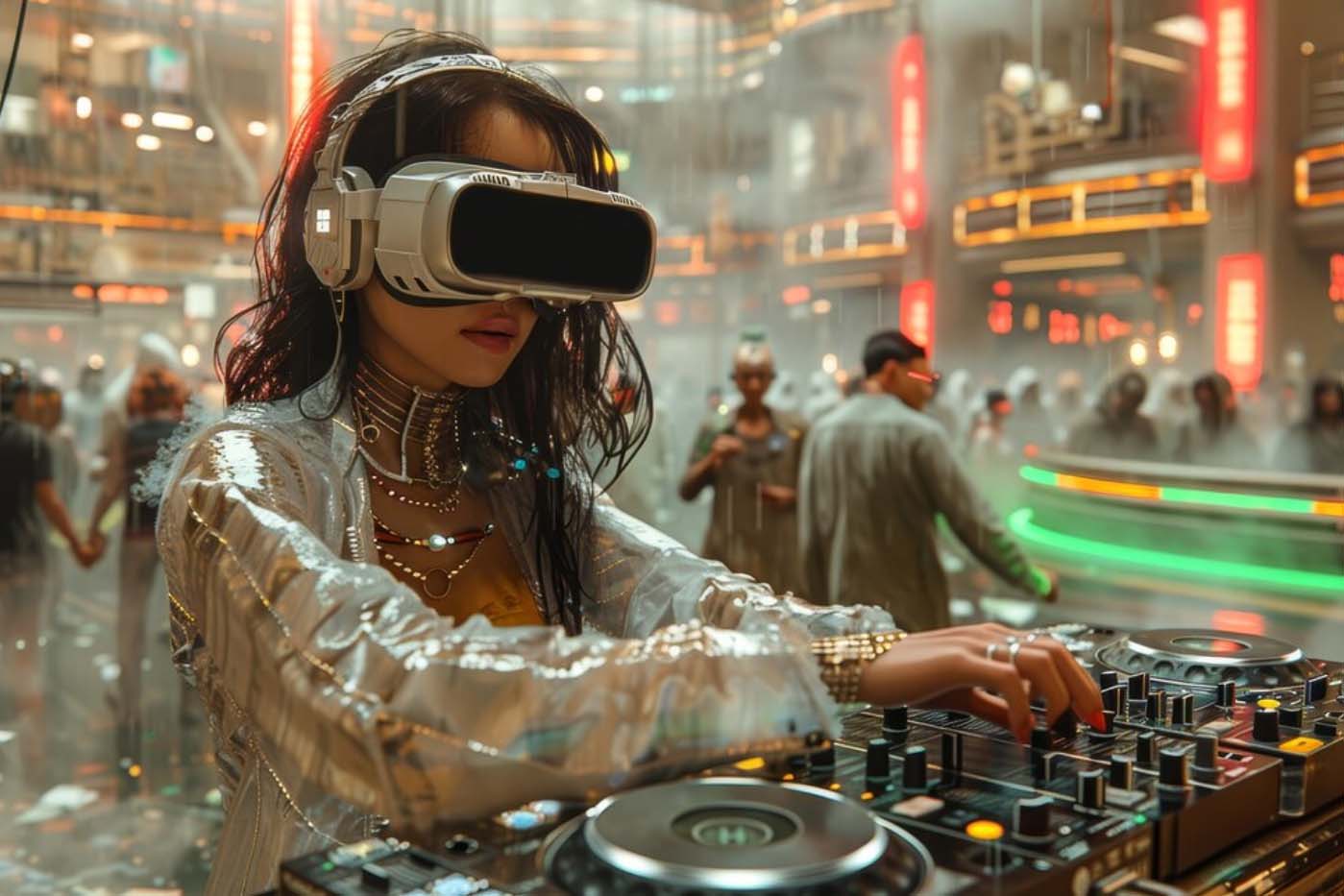Entertainment Technology, the act of providing amusement or enjoyment, has been a cornerstone of human experience for millennia. From the earliest cave paintings to the immersive worlds of virtual reality, technology has continuously reshaped how we create, consume, and experience entertainment.
Our earliest forms of entertainment were rooted in storytelling. Cave paintings, believed to be over 40,000 years old, depicted animals and hunting scenes, possibly serving as a form of entertainment and cultural transmission. The invention of writing further expanded the possibilities of storytelling, leading to the development of literature, theater, and oral traditions.
The invention of the printing press in the 15th century marked a significant shift in entertainment. Books became more accessible, allowing for the widespread dissemination of stories and ideas. Centuries later, the 19th century saw the birth of mass media with the emergence of newspapers, followed by radio and film. These technologies revolutionized how people experienced entertainment, bringing news and stories directly into their homes.
Entertainment technology has become synonymous with how we consume, create, and experience leisure activities in the modern era. From immersive virtual realities to cutting-edge audiovisual experiences, advancements in technology continue to redefine the boundaries of entertainment across various mediums.
The Evolution of Entertainment Technology
Entertainment technology encompasses a wide range of innovations that have revolutionized the entertainment industry. Historically, advancements in film, television, and radio paved the way for mass media consumption.
The transition from analog to digital formats enhanced audiovisual quality and distribution channels, democratizing access to content globally.
Digital Revolution and Accessibility
The advent of digital streaming platforms, online gaming, and social media has democratized content creation and consumption. Users can now access a vast library of movies, music, and games instantly from any connected device.

Streaming services like Netflix and Spotify have disrupted traditional media channels, offering personalized content recommendations and on-demand viewing experiences.
Immersive Experiences: Virtual Reality (VR) and Augmented Reality (AR)
Entertainment technology has ushered in an era of immersive experiences through VR and AR. VR headsets transport users to virtual worlds where they can interact with 3D environments and engage in simulated experiences, from gaming to virtual tours.
AR overlays digital content onto the real world, enhancing live events, museum exhibits, and even everyday activities through smartphone applications like Pokemon Go.
Interactive Gaming and eSports
Gaming technology has evolved from simple arcade games to complex, narrative-driven experiences with realistic graphics and interactive storytelling.
The rise of eSports has transformed gaming into a spectator sport, with professional gamers competing in tournaments broadcasted to millions worldwide. Platforms like Twitch and YouTube Gaming have become hubs for live streaming gameplay and fostering online communities.
The Role of Artificial Intelligence (AI) and Machine Learning
AI and machine learning algorithms drive personalized recommendations on streaming platforms, enhance gaming experiences through adaptive gameplay, and enable interactive storytelling in virtual environments.
AI-powered chatbots and virtual assistants also enhance user engagement and provide real-time assistance in navigating entertainment services.
Challenges and Ethical Considerations
Despite its transformative impact, entertainment technology raises concerns about data privacy, digital addiction, and the ethical implications of immersive experiences.
Regulation and ethical guidelines are crucial in ensuring responsible use of AI, protecting user data, and promoting digital well-being.
Future Directions
Looking forward, entertainment technology continues to innovate with advancements in 5G technology promising seamless streaming and enhanced AR experiences. Mixed reality (MR), which combines elements of VR and AR, holds potential for interactive storytelling and collaborative virtual spaces. As technology evolves, interdisciplinary collaborations between artists, engineers, and storytellers will drive new forms of entertainment that blur the line between virtual and physical worlds.
Entertainment technology has redefined how we entertain ourselves, interact with media, and experience leisure activities. From immersive VR experiences to AI-driven content recommendations, technological innovations continue to shape the future of entertainment. As society embraces these advancements, balancing innovation with ethical considerations will be crucial in harnessing the full potential of entertainment technology for positive societal impact.
In summary, entertainment technology exemplifies the convergence of creativity and technology, promising limitless possibilities for immersive, interactive, and personalized entertainment experiences in the digital age.








Comment